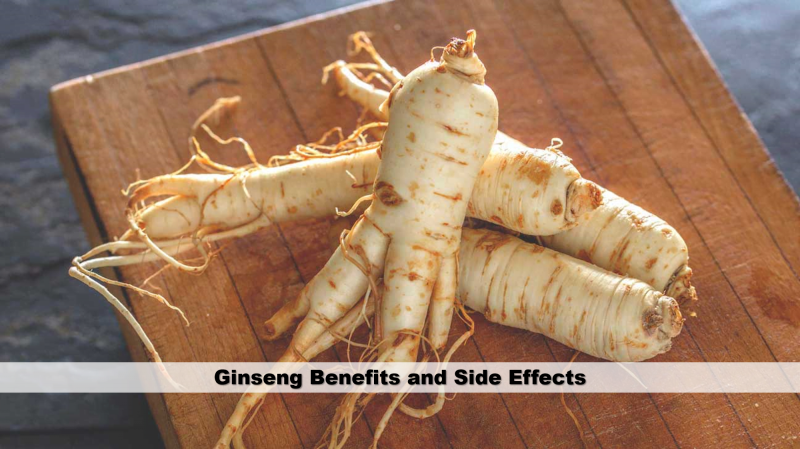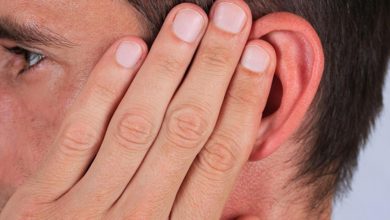Who is Pulmonary Rehabilitation applied to?

Who is Pulmonary Rehabilitation applied to?
Pulmonary Rehabilitation, which is considered as a standard component of medical treatment of chronic respiratory diseases today, is a comprehensive set of practices that aim to improve the physical and psychological conditions of chronic respiratory patients and improve health, including approaches such as exercise training, behavioral change and patient education determined individually after patient evaluation.
Who is Pulmonary Rehabilitation applied to?
Pulmonary rehabilitation can be applied to all respiratory patients with shortness of breath, limitation in daily living activities, reduced quality of life and / or limitation in exercise capacity. Pulmonary rehabilitation can be applied to respiratory patients of all ages in hospital, outpatient or at home, depending on the characteristics of the rehabilitation units. Pulmonary rehabilitation program can be successfully applied in all lung diseases related to COPD (chronic obstructive pulmonary disease), asthma, bronchiectasis, interstitial lung diseases, cystic fibrosis, chest wall diseases, neuromuscular diseases, lung cancer, obesity-related lung diseases before and after lung transplantation.
What are the goals of Pulmonary Rehabilitation?
- Eliminating dyspnea and functional insufficiency due to the disease,
- Preventing the progression of the disease,
- Increasing exercise tolerance,
- Improving the health condition,
- Prevention and treatment of complications,
- Reducing the number of disease attacks and alleviating the severity of attacks,
- Improving the quality of life,
- Decreasing health-related expenditures as a result of decreasing the frequency of hospital admissions and length of stay,
- It provides an increase in survival.

What are the contents of pulmonary rehabilitation?
The most important and basic component of pulmonary rehabilitation is exercise training. In line with the needs of the individual, other components (education of the patient and his family, nutritional support in cases where body composition needs to be assessed, psychosocial support, methods of coping with shortness of breath, occupational therapy, energy conservation methods, etc.) are also included in pulmonary rehabilitation programs.
Why is exercise necessary in respiratory diseases?
Patients with chronic respiratory problems with shortness of breath can exercise safely with pulmonary rehabilitation programs. Inactivity in daily life caused by shortness of breath and / or fatigue in patients with chronic lung disease; It causes a gradual decrease in bone and muscle content, heart and lung functions, and movement ability. With exercise, muscle strength increases, muscle endurance increases and longer distances can be walked, muscles and joints move better, relax, feel stronger and energetic, heart work improves, shortness of breath decreases.
What should be the duration of the pulmonary rehabilitation program?
Pulmonary Rehabilitation program should be applied for at least 8 weeks (24 sessions in total). Since the gains are lost when exercise training is stopped, it is necessary to continue the exercise habit.





